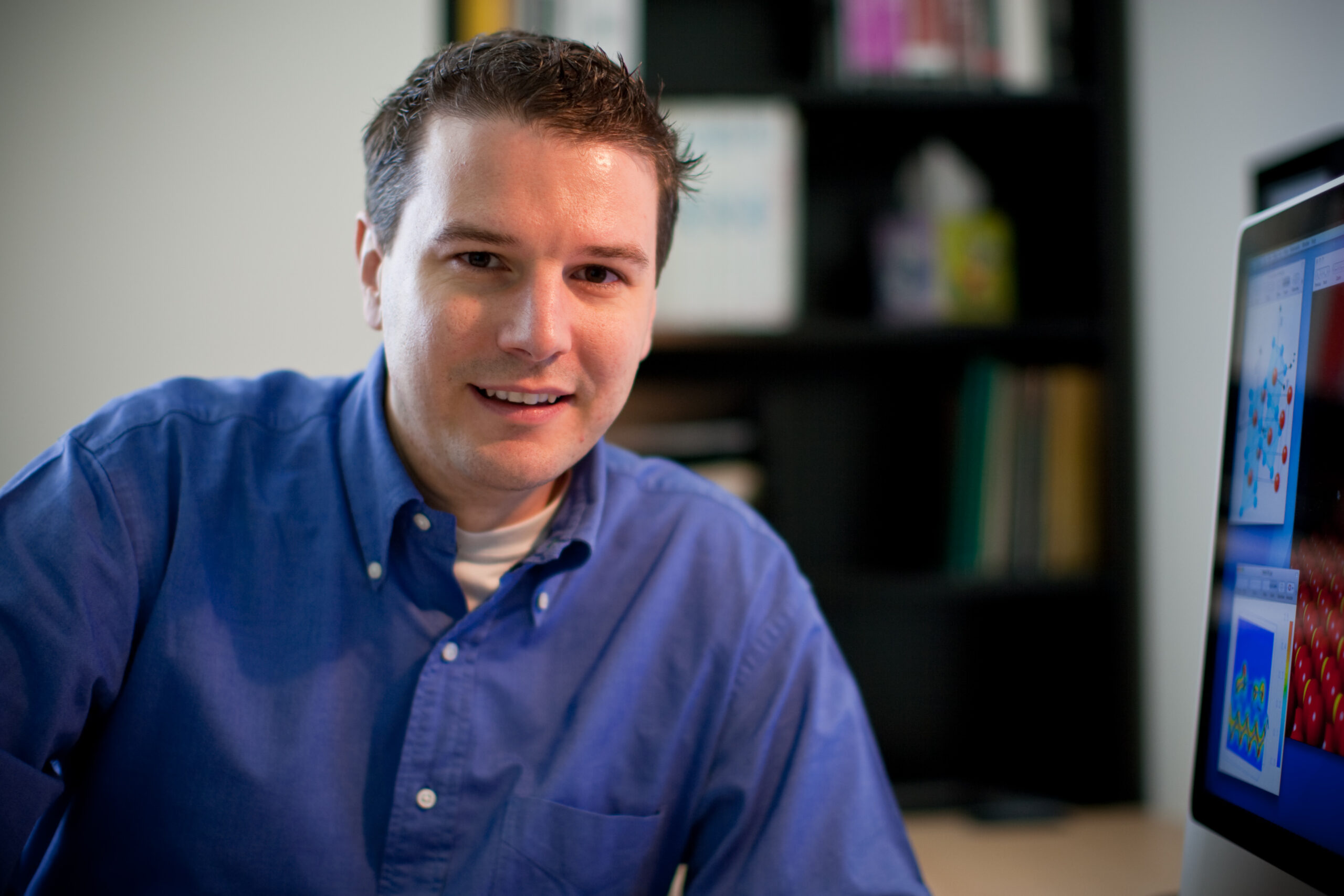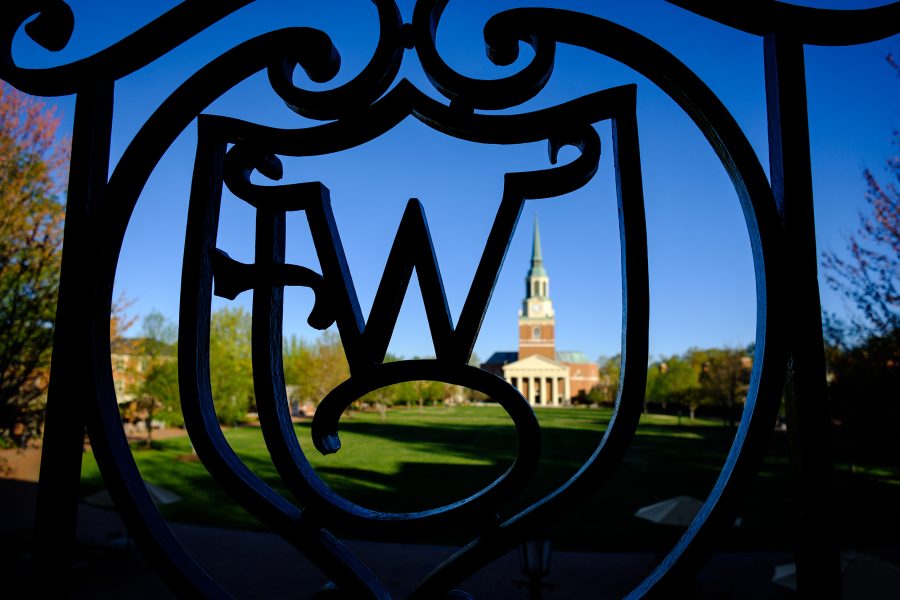Electronic Structure
The secrets to making better cell phones, microchips, and batteries lie in the electronic structure of their materials.
More than 150 physicists and chemists from around the world will gather at Wake Forest University June 5 to 8 to talk about modeling, understanding, and predicting properties of materials and to explore the science behind developing better materials for a variety of uses.
The 24th annual Workshop on Recent Developments in Electronic Structure Theory is an international forum for sharing ideas about computing previously inaccessible properties of materials. Electronic structure theory describes the behavior of electrons in atoms, molecules, and solids.
“This research is the basis for the design of new and improved materials with direct applications to all areas of science and technology,” said Timo Thonhauser, professor of physics who organized the conference with Natalie Holzwarth, professor of physics, and Akbar Salam, professor of chemistry.
“We’re focusing on basic fundamental research that will lead to the development of novel materials, impacting all kinds of devices,” Holzwarth adds. “This conference sets the tone for the next several years of research in this field.”
Wake Forest’s selection to host this year’s conference indicates the University’s growing stature in this area.

Thonhauser
“The beauty of the meeting is that it encourages physicists and chemists as well as mathematicians and computer scientists to talk to each other,” Thonhauser said. “The paths of chemists and physicists diverged somewhat in the 1920s and 30s after the development of quantum mechanics. While each subfield continues to progress within its own discipline, it is clear that there are many opportunities for interdisciplinary collaboration.”
Breaking down the silos can lead to new breakthroughs. Bringing several fields together harnesses the power of different approaches to answer important research questions.
When explaining the significance of this work, Thonhauser shared a quote from Goethe’s Faust, “That I may understand whatever binds the world’s innermost core together.” He explains, “It is exactly this ‘glue’—only we call it electrons—that holds everything together. The whole conference is about understanding how electrons interact and behave in materials.”
One goal of the organizers was to keep the conference affordable and accessible, so their students and those at other universities around the world could join in the conversation. “We want to inform and educate people across the generations,” Salam said, “so young researchers, as well as senior established researchers, can freely exchange ideas.”
Dan Johnson, a sophomore physics major who is helping with the conference, said, “This is a fantastic opportunity to learn from experts and will help me develop a broader base and understanding when it comes to some of the more difficult and abstract topics involved in electronic-structure research.”
He is working on theoretical and computational problems with Thonhauser that have possible practical applications.
“The overall goal of my project is to design a molecular filter for CO2, CO, or any other greenhouse gas. I am working with a new class of crystalline porous materials, called metal-organic framework, or MOF, materials, which are made up of metals connected by organic compounds, called linkers, into a very regular, crystal-like structure. If successful we will be able to use these MOF materials as membranes for filtering applications, particularly in industrial exhaust.”
Categories: Happening at Wake, Research & Discovery, University Announcements
Media Contact
Wake Forest News
media@wfu.edu
336.758.5237



